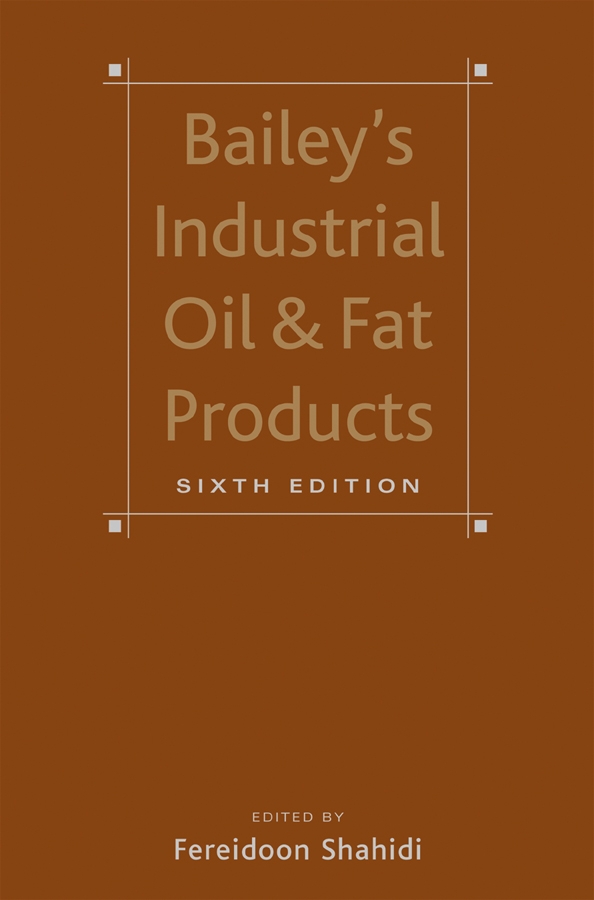Vegetable Oils in Lubrication*
Abstract
Vegetable oils and their derivatives are commercially used in lubricant formulations as both base oils and additives. They are major players in the growing biobased lubricant market because they provide a wide range of benefits, including superior environmental and health properties. Vegetable oils are applied in lubrication in various forms. In the past, vegetable oils have been used directly as base oils in the presence of a variety of additives (e.g. antioxidants), or blended with petroleum base oils, such as polyalphaolefins, to enhance their performance. Vegetable oils are also used in lubrication after undergoing chemical, thermal, or enzymatic modifications to enhance their performance. Examples of such commercial products include epoxidized, heat-bodied, and blown vegetable oils. More recently, vegetable oils are used to produce fatty acids (FAs) and fatty acid methyl esters (FAMEs), which are used in lubrication directly or after further modifications. Examples of such products include estolides, epoxidized FAMEs, and phosphonated FAMEs. In the latest applications, vegetable oils, their FAs, and FAMEs are used to produce base oils with renewable carbon via various biorefinery processes, where they are subjected to deoxygenation, isomerization, and other processes. These products have similar structures as petroleum-based oils and can be used as “drop-in” components to enhance the bio-content of lubricants to meet regulatory and environmental requirements (e.g. BioPreferred), without affecting performance. Such application of vegetable oils has a significant market potential since petroleum-based lubricant formulations are extremely affordable and account for >98% of the current global lubricant market.



